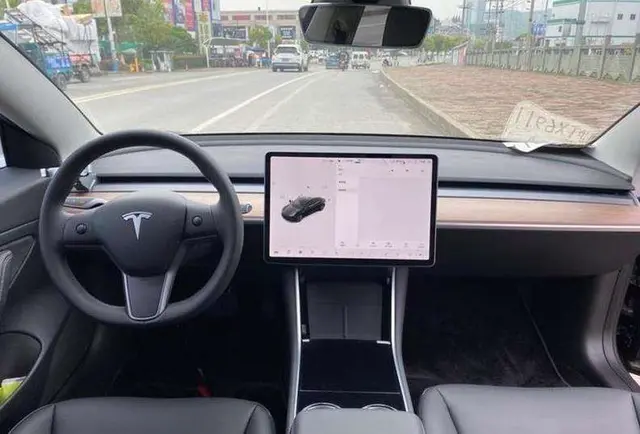Robotaxi, a self-driving taxi being developed by Tesla, hopes to reach mass production by 2024, CEO Elon Musk said during the company's first quarter 2022 earnings call today. Musk called it a "huge driver" of Tesla's future growth.
Elon Musk has previously said publicly at events that Tesla is building a self-driving taxi that "looks very futuristic" and doesn't have a steering wheel or pedals.
Just a few days ago, Tesla announced that it had rolled out a test version of its Fully Automated Driving (FSD) software to more than 100,000 users in the U.S. At the same time, he said tesla would achieve fully automated driving, or L5 level of self-driving technology, this year.
Data shows, in accordance with the international association of automotive engineers (SAE) dividing method, self-driving technology increasing levels from 0 to 5, respectively is levels L0 (manual), L1 (auxiliary driving), L2 (partial automation), L3 automation (conditions), L4 (highly automated) and L5 (fully automated). By definition, the L5 is fully adaptive to driving, adapting to any driving environment.
It is understood that up to now Germany is the only country in the official level for the vehicle enterprise L3 road certification. The US National Highway Traffic Safety Administration (NHTSA) has just released the final version of its Driverless Vehicle Passenger Protection Rules, which will not require manual controls such as a traditional steering wheel for vehicles operated by self-driving systems.
It should be noted that Tesla Autopilot, which is still L2 level, has been involved in a number of accidents and has been investigated by NHTSA, NTSB and other departments. In almost all cases, too much trust in Autopilot or a lack of concentration was to blame, according to the investigation.
So how far are Musk's self-driving taxis from hitting the road and becoming commercially viable?
(Sources:Global Times)
 简体中文
简体中文

